Organic farming is such a hot topic right now for the simple reason that people have become conscious about what goes into their bodies: be it food, drinks, or smokables. If you have ever tested buds resulting from an organic autoflower grow, you know what we’re talking about. The smoke is clean and full-flavored, never feels harsh on your throat or lungs, and often produces a crisp, well-defined effect, without additional grogginess or disorientation. Or a heavy head in the morning, for that matter.
Organic farming means also so much more: respect for Nature, caring for the preservation of resources, promoting the sustainability of ecosystems and the health of soil, plants, and animals, not just people. For all these reasons, we encourage you to always use organic methods.
Organic Autoflower Grow: What’s Involved?
As you may have already guessed, the organic approach is always a holistic one. It means that we focus not on the plant itself, but on its entire environment. And we manipulate this environment to achieve the results we need.
An organic autoflower grow means that we don’t feed the plant, but the beneficial microbes populating the soil, not the roots, but the mycorrhizae living in a symbiotic relationship with them. And organic nutrients are never absorbed by plants directly, but first need to be processed by microorganisms.
Now let’s talk about each component of a successful organic autoflower grow.
1. Organic Soil Mix
Soil is the single most important factor in the production of top-shelf buds. It is especially true of autoflowering genetics. The thing is that the life cycle of autoflowering vs feminized plants is very short and it’s so important to create a sound basis for success from day one. Give your plant’s enough medium for the development of a healthy root structure and supercharge it with enough raw matter and enough living things to make it digestible, and you can probably use fresh water till harvest and still get amazing results. That’s how important a good organic soil mix is.
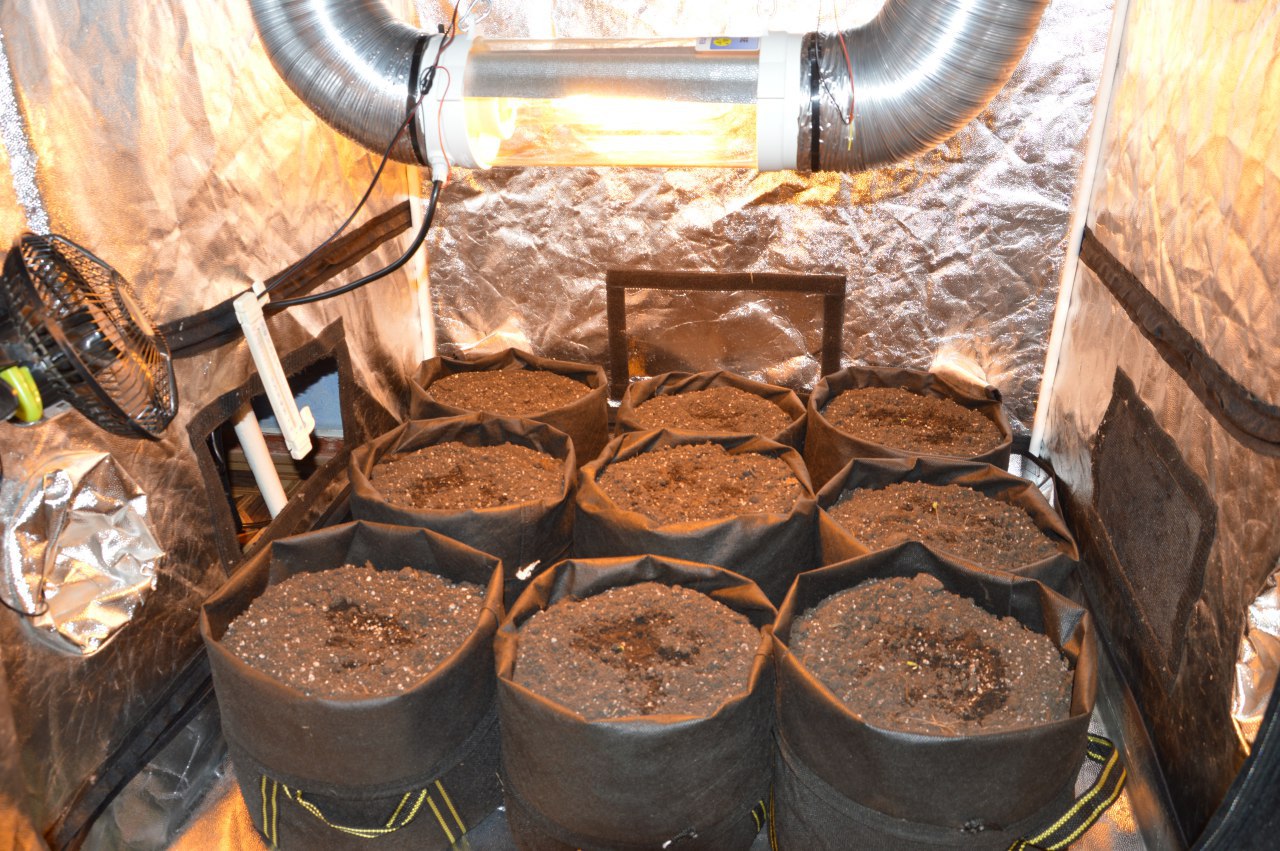
An organic soil recipe, often referred to as Super Soil, can include the following basic ingredients (please note that the percentages are just the ballpark values, so feel free to experiment, but avoid making the mixture too ‘hot’):
- 50% peat- or sphagnum-based soilless mix (provides the bulk of the medium),
- 10-20% mature compost (some organic nutrients + lots of microbes),
- 10% earthworm castings, or vermicompost (the same),
- 10% perlite (helps saturate the medium with O2 which is necessary for roots),
- fungi/mycorrhizae/bacteria (turn raw organics into available plant food).
The last item is actually the most important one and is basically what organic growing is all about. The rest is just bed and board for the little creatures. The question is: how can you inoculate your Super Soil with them? Well, microbial life is all around us. So you can simply give your soil mix enough time to be naturally populated with living things. Or you can speed up this process by adding some store-bought probiotic preparation.
Tip: You don’t have to be a DIY enthusiast to use super soil for growing autos. There are a number of ready-made organic soil mixes available online. Some are concentrated, others have just a normal strength. All have a host of microbes with unpronounceable Latin names and enough food for their colony to start multiplying as soon as you add some water.
We know that some of you prefer to come up with their own proprietary formulas or just love to experiment. So here’s a list of additional things a good organic soil can include:
- Bat Guano,
- Blood Meal,
- Bone/Fish Bone Meal,
- Alfalfa,
- Kelp (Seaweed),
- Epsom Salt,
- Dolomite Lime,
- Humic Acids,
- Azomite
With all these additives, a little goes a long way. So make sure that collectively they don’t make up more than 5-10% of the volume. A mixture that is too concentrated can actually hurt the roots of cannabis, and you may need to do a lot of flushing to make the medium comfortable for the root system again. Conversely, if you have made a too weak soil mix and this resulted in a slow growth of your autoflower, adding more plant food during each watering is fairly easy.
2. Mycorrhizae
Mycorrhizal fungi are such an important part of organic soil that they deserve a special mention.
Let’s visualize a root system of a marijuana plant. It consists of a complicated network of strands (some thick, others very thin) that extend into every nook and corner of the medium and are meant to absorb water and nutrients from it.
Well, believe it or not, but some of those thinner strands aren’t actually roots of the cannabis plant itself. In fact, they are separate organisms — a special kind of fungus called mycorrhizae. Yet these fungi look exactly like roots and perform the exact function of roots. Meaning they help to find and absorb the nutrients for the marijuana plant to uptake. So, by pre-mixing a mycorrhizae concentrate into the medium or by watering your plant with a mycorrhizae supplement, you literally provide it with an additional root structure. And bigger roots mean more rapid water and nutrients uptake, fatter buds, and heavier yields.
3. Liquid Organic Nutrients
Now that you’ve read about super soil and mycorrhizae, you understand that feeding your organically grown autoflower can actually be a one-time event. Everything your plant will need from seed to harvest may well be pre-loaded into the medium (if the container is large enough and the mixture is rich enough).
However, most of the time, growers also use bottles with liquid organic nutrients throughout much of the grow. Luckily, today’s market offers an insane amount of different product lines. The truth is that you can grow weed even with non-specific fertilizers, meant for other cultivars. So ANY organic product designed specifically for cannabis will guarantee an enormous success.
Organic Feeding Schedule
As a feeding schedule, you can choose from several options:
- let your autoflower take everything she needs from soil during weeks 1-2 and then start adding organic feed,
… - let the soil be the sole source of nutrients for the whole veg and only use fertilizers in flower,
… - avoid using liquid nutrients till your plant starts to look hungry or shows the signs of deficiencies, presumably in the later stages of flowering,
… - mix a super soil and then use only fresh water till the day you chop.
What will work best for you, depends on the following factors:
- the size of the container; the more the volume, the longer you can go without using liquid nutrients; a 5-gallon pot will be enough for the whole cycle for most autoflowers,
- the type of the medium; a coco/perlite mixture, rockwool, or DWC have no nutrients of their own and so you’ll have to add nutrients with every feeding,
- the growing conditions and the growth rate; the more powerful lights you use, the higher the demand for CO2, water, nutrients, and everything else).
Also don’t forget that watering requirements are different for when you choose organic nutrients as opposed to synthetic ones. In the latter case, you want to avoid the salts build-up and should water your pots till 20% of what you pour runs off. In organic grows, you want the opposite: to retain as much precious microbial life and plant food in the medium as possible. So you water slowly until you see first drops coming out of the drainage holes, and then stop.
Organic Autoflower Grow: A Sure Way to Success
An organic autoflower grow lets you harvest buds of superior quality and is a very beginner-friendly method. It can be as easy as preparing a rich soil mix, inoculating it with bacteria and mycorrhizae, and then letting them do their thing all the way till harvest.
Of course, the devil is in the details. But the beauty of organic growing is that you can’t kill a plant even if you get many of those details wrong. So start experimenting! And if you already have some experience with growing autos organically, please share in comments what did and didn’t work for you.
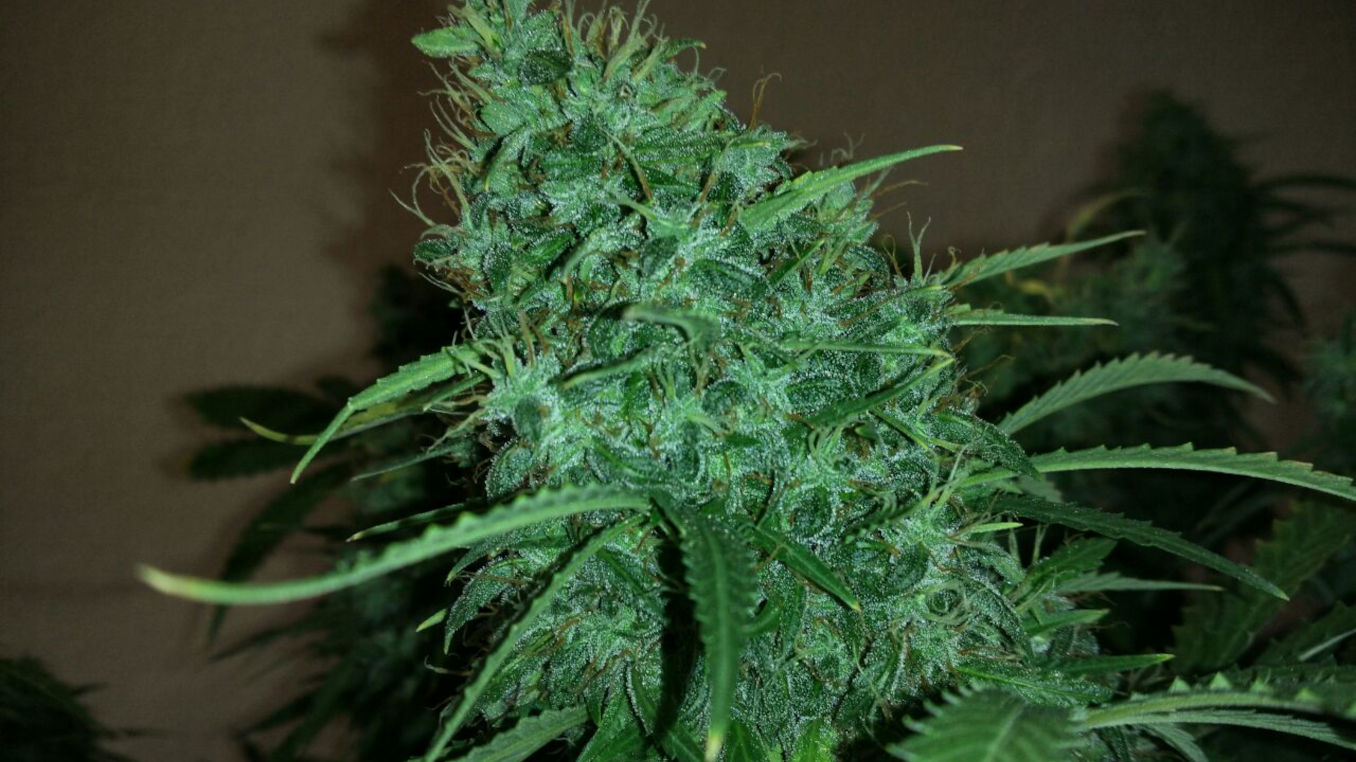
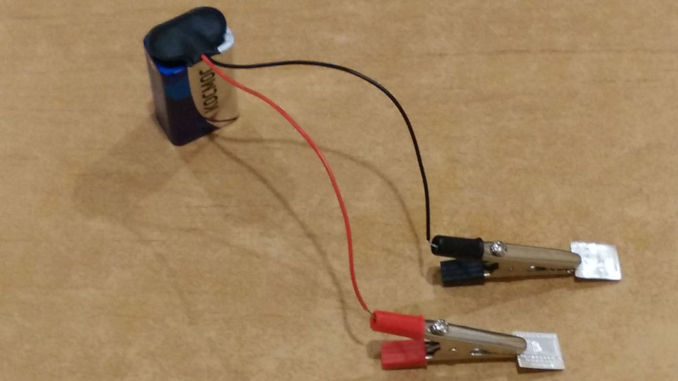


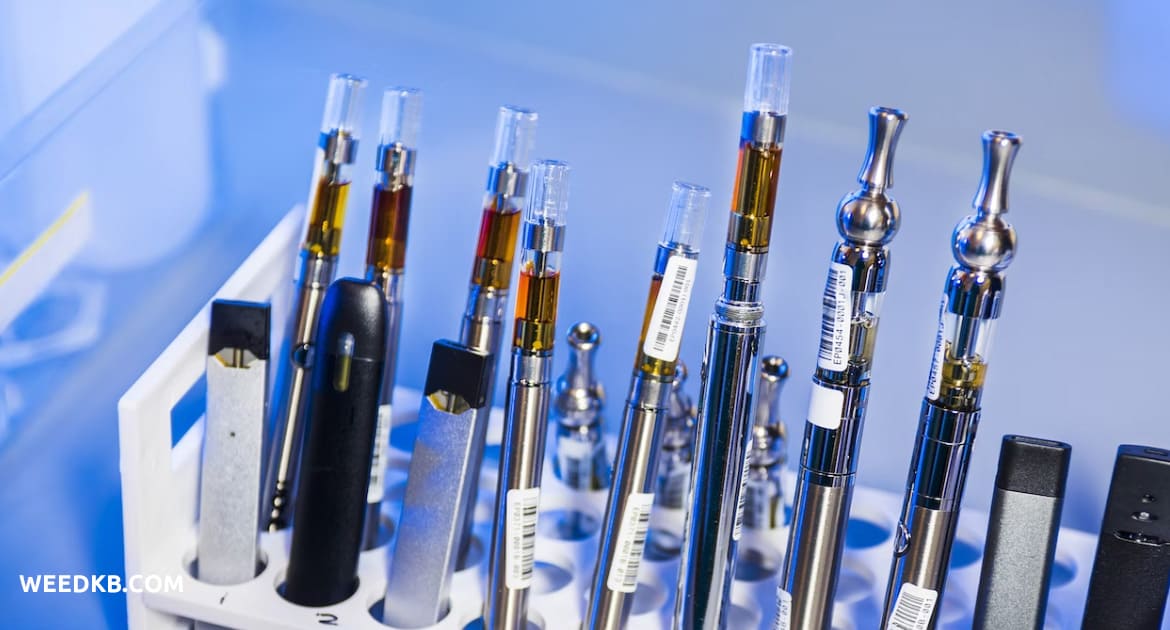
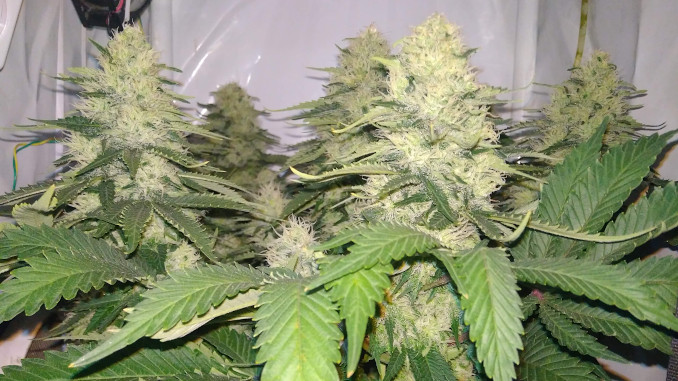
Comments